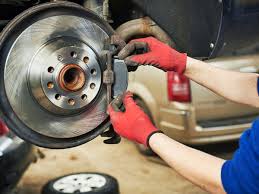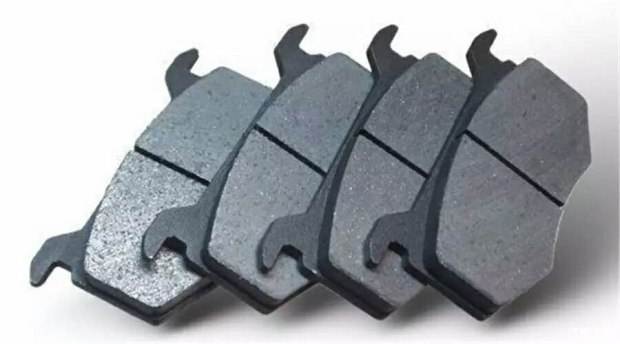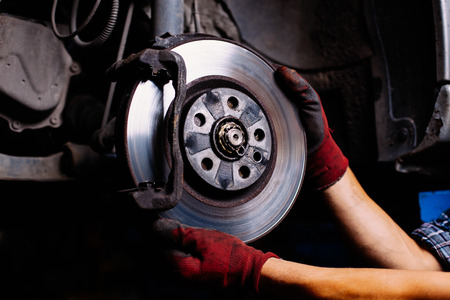

Brake pads: necessary care and when to change
Your safety and that of traffic are completely linked to the condition of your car's brake pads. In this post, understand how this happens and learn how you can do maintenance on time. Read on! For further details read: semi metallic vs ceramic
What are brake pads?
The brake pads are parts that withstand great effort because they are on the front wheels (in some models on four wheels), and are activated every time the driver, with his foot, demands the vehicle to be braked. They play a fundamental role in ensuring the safety of everyone in the car. That's why the State Department of Traffic ( Detran ) also requires knowledge about the system in its assessments to obtain the National Driver's License (CNH).
To withstand the demands, they are made of resins, synthetic fibers and metallic particles in the area of friction with the brake disc. Its base has high mechanical strength steel and there are grooves on most models to help identify wear.
The inserts work under a high incidence of heat because they need to create the friction necessary to bring the wheels to a stop . As part of the brake system, there is also the hydraulic or pneumatic circuit that pressurizes when the pedal is activated. This circuit controls the parts that press the pads against the disc.
The inserts can be made from metallic material (brass, iron and aluminium), with good durability but less comfort; organic material (cellulose and phenolic resin), which offers more comfort and durability; and ceramic (aluminum oxide, boron and silicon carbide), indicated for severe applications.
What care is needed?
Due to their application, these parts require attention from drivers. They have a primary function for the brake to work properly. In addition, the driver must know how to dose its use, as there is a risk of overheating. In these situations, the brake pads can fail.
Conditions that can cause this heating beyond what is supported are found, for example, on mountain paths or steep and very long descents. In these circumstances, the driver can make the mistake of activating the brake and keeping it pressed for a long period. A problem in part of the brake system can also cause drive failure.
High-pitched noises, vibration on the brake application, pedal lower than usual, heavy actuation, performance below normal and indicator signs on the panel are ways to identify the need for maintenance .
What happens if maintenance does not take place?
Not being careful with the brake means considerably increasing the risk of traffic accidents , generating serious consequences for the driver, passengers and other people on the street or road.
At low speed, even if the brake fails, it may be possible to stop the vehicle using the handbrake, which works with a slightly different system and only acts on the rear wheels. Another feature is downshifting, which helps to slow down the car.
Walking too close to other vehicles , at speeds above what is allowed, and leaving to brake with a short reaction space harm your safety. Also use downshift to slow down, this prolongs pad life. Be careful when buying a like -new or used . In addition to checking the vehicle and its history, ride it and check for noise when you brake.
When do I change the brake pads?
The general rule for changing new parts is every 35 thousand kilometers. A very important precaution is to carry out an inspection every 5 thousand kilometers to prevent possible system failures. Those who do not change the insert within the recommended period can cause excessive wear on the discs.
This will require replacing it with a new one, increasing maintenance cost. Watch out for sharp noises and vibrations when the brake pedal is pressed. These are signs that help identify a problem.
When you take these precautions and know how to deal, your car's brake pads will always be in perfect condition to provide you with safety.


